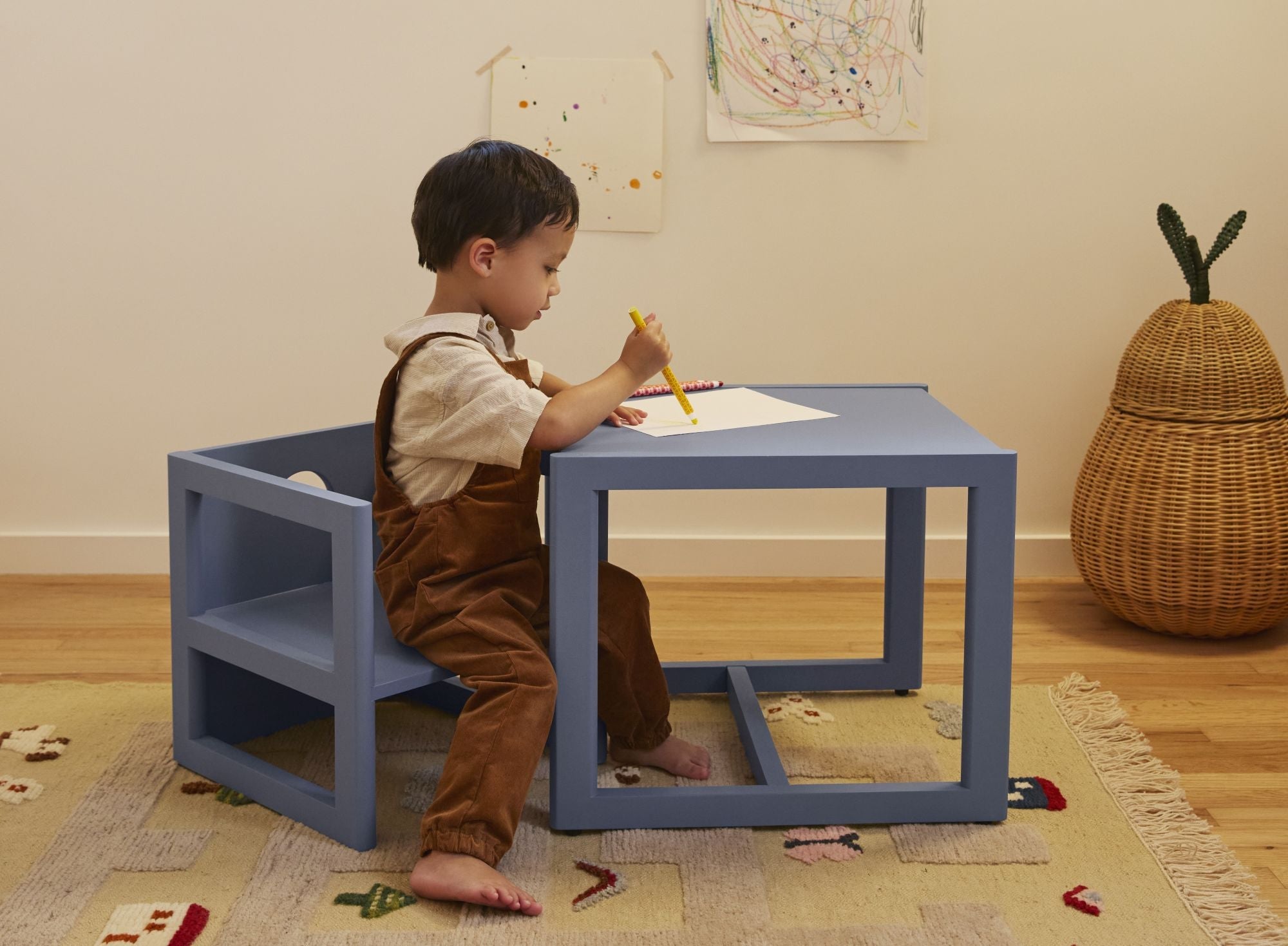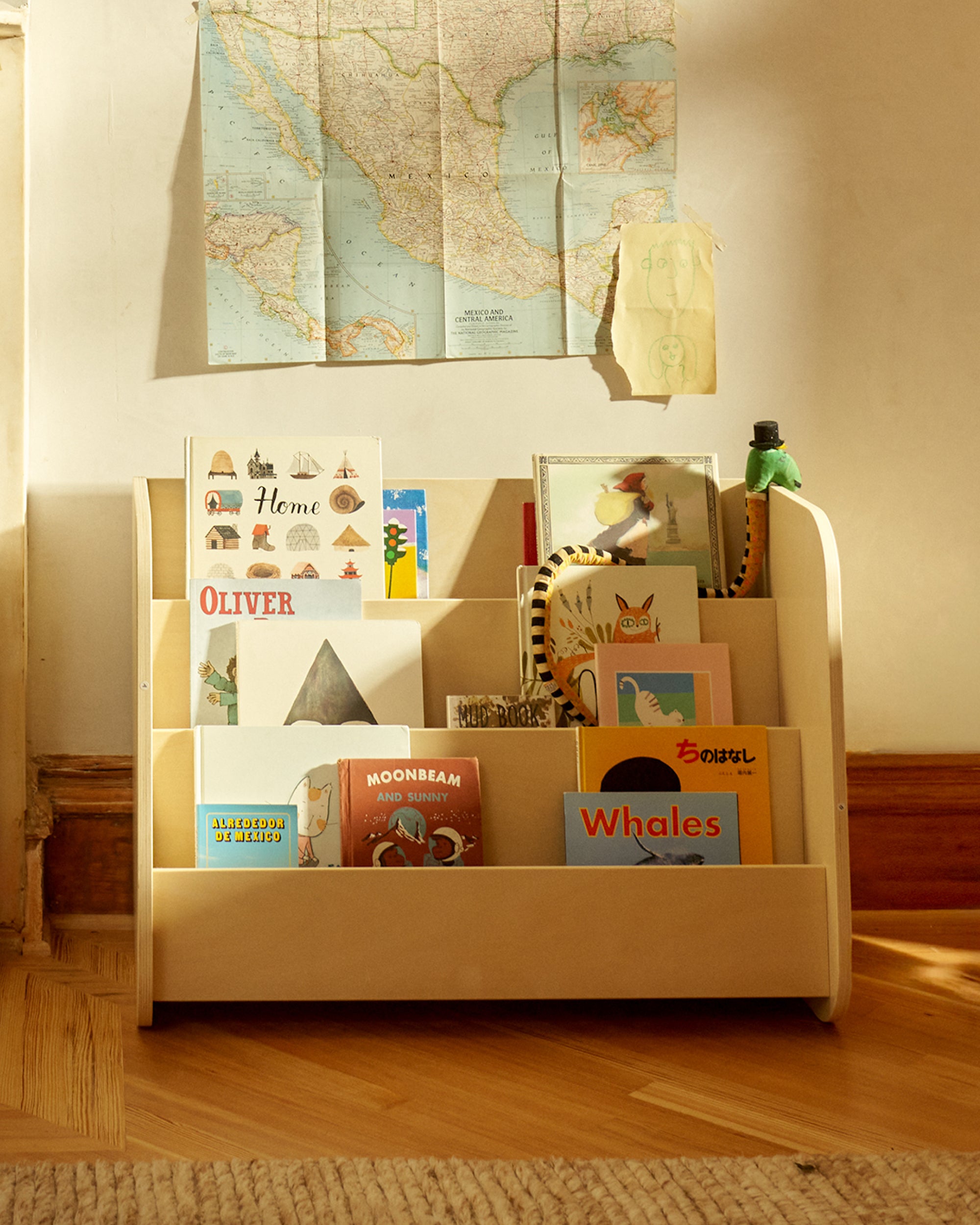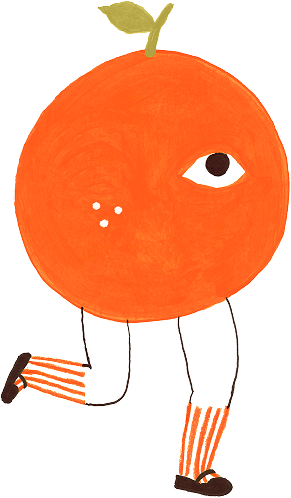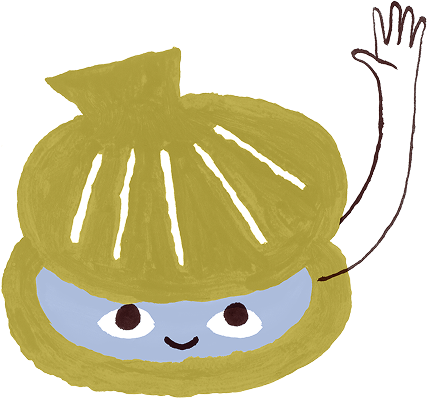Children today are struggling with handwriting skills more than past generations. Kindergarten teachers have noticed the shift, reporting that incoming students find fine motor skills challenging. In later grades, many of today's students skip cursive writing altogether. The Common Core Standards no longer require cursive writing, and Finland also eliminated the practice.
Key Insights
-
Research shows declines in children's handwriting abilities, impacting their learning.
-
Learning handwriting supports reading skills in children.
-
Handwriting for children and adults helps individuals retain information and boosts memory.
-
Parents of young children can support reading skills and learning by fostering an interest in handwriting.
The struggle extends beyond cursive script. As many as 33% of students don't have basic handwriting skills to produce legible letters. This phenomenon has spread across the globe to China and Europe as well. In recent years, countries like Italy and Germany have reported a concerning uptick in dysgraphia, or poor handwriting skills.
Some may wonder, with smartphones in every pocket, do we even need handwriting instruction? Research shows that writing letters by hand can bring benefits to both young children and adults.
Why Is Handwriting Important?
From helping children learn to read to boosting memory and learning, using a pencil and paper has some advantages over digital tools. You don't need to keep a pad of paper in your pocket and force your child to write words at any moment of leisure. However, increasing your focus on handwriting may be warranted.
For children, learning to write by hand sets up important neuropathways and thinking and reading skills long-term.
Benefits of Handwriting for Letter Recognition and Reading
Reading and writing are closely linked. In the Montessori method, children typically learn to write before learning to read. According to research, tracing and writing letters can boost letter recognition. Ultimately, this leads to improved early reading skills.
Scientists also linked handwriting to a brain pattern associated with reading in children who couldn't read yet. So, writing letters by hand may help create brain activations needed later for reading.
One aspect experts say may play a role is the variability of handwritten letters. Especially for young children, each letter may look slightly different when they write it down. This helps children solidify their understanding of the letter shape and what makes each letter unique.
Want to help your young child learn to write? Try teaching your child to write the Montessori way.
Handwriting and Memory
The simple act of writing things down by hand can help lock it into your memory. Even basic things like a grocery list or a calendar event are easier to remember if you write them down by hand. A study showed that participants who wrote down calendar events by hand recalled information 25% faster than those who used a digital device. Plus, those who used pen and paper also displayed greater activity in language brain regions than those who used a smartphone.
Handwriting notes can also improve academic performance. One study showed that handwritten notetakers performed better on recall tests than those who typed notes. Why?
Psychologist at the Norwegian University of Science and Technology, Audrey Van der Meer co-authored a similar study showing brain connectivity is greater when writing than when typing. Van der Meer explained to NPR that writing by hand forces you to summarize the information, helping you process it. If you type, on the other hand, you could potentially take notes verbatim.
Writing By Hand vs. Digital Writing
Many researchers compare writing by hand to using a digital device. When compared to typing, writing has a distinct advantage. However, using a stylus on a touchscreen may provide similar benefits.
When compared to typing, writing involves more activity in the brain. You need to use fine motor skills to write the letter shape. Plus, you get sensory input from the pressure of your pen or pencil on the paper. All this results in a greater sensory experience that results in greater brain activity.
Does Cursive Writing Boost Brain Activity?
Many people view cursive as a relic of the past. Perhaps your grandmother still writes birthday cards in cursive, but it's not something you see daily. In this case, why are many schools making cursive learning mandatory again? As of 2024, the state of California started requiring schools to teach cursive handwriting again.
Learning cursive may be practical, as this type of writing does appear occasionally. Aside from historical documents and letters, cursive occasionally appears in movies, advertisements, or wedding invitations. Being unable to read cursive is one downside for children.
However, teasing out the differences between learning to print and learning cursive writing is a challenge. Some evidence shows that learning cursive may support reading skills. That said, overall, the benefits of handwriting aren't tied directly to cursive or print. Either type of writing by hand works.

How to Bring the Benefits of Handwriting to Your Child
On a practical level, there is only so much time in the day. How can you ensure your child gains the benefits of handwriting? As a former Montessori teacher and mom of three, here's how I keep handwriting alive in my house outside of school.
Handwriting Activities for Toddlers
When your child is a toddler, you can use a variety of activities to foster an interest in writing, such as:
- Embrace Scribbling. Set up space for your toddler to draw using crayons, pencils, and thick paper. Avoid markers and pens, as these don't build hand strength as well as crayons and colored pencils. Let your child scribble and draw, building a base for handwriting.
- Read. Build interest in literacy by reading regularly with your child. Also, make books easily available on a front-facing bookshelf.
- Build the Pincer Grasp. Young children need to build hand strength to be able to write well. Activities such as pinching clothespins, playing with play-dough, or cooking can build fine motor skills. Access more fine motor skills activities here.
- Try Sidewalk Chalk. Writing with chalk offers a different sensory experience and also requires children to experiment with how much pressure to exert on the chalk.
-
Paint with Water. Offer your child a paintbrush and a small bucket of water. Invite your child to paint on stones, the sidewalk, a fence, or anywhere you find acceptable.
Handwriting Activities for Preschoolers
Once your child can form letters, at about age 3 to 5, try these activities:
- Write their Name. Invite your child to copy their name on a piece of paper. Alternatively, have them trace their name using a crayon or marker after you write it lightly in pencil.
- Dictation. Say a simple word for your child to write. Focus on words that have a consonant, a vowel, and then a consonant. Some examples of words to try include "cat", "pen", and "bus."
- Drawing. Continue to encourage your child to draw and color. Doing this will continue to build their fine motor skills.
- Make a Card. Invite your child to make handmade cards for friends and relatives. If your child doesn't know how to write the message, write it down and have your child copy it into the card.
- Writing Lists. Encourage your child to write lists. For example, a list of their favorite colors in order, or a list of what they want to do during the day.
Handwriting Activities for Elementary-Aged Children
Inspire your older child to continue writing with activities like these:
- Journaling. By elementary age, many children find it interesting to keep a diary or a journal. You can buy a special notebook or diary. This can be an especially exciting activity to try while on a trip or vacation. Your child can write about what they did every day.
- Writing About Pictures. Print or show your child interesting photo prompts. Encourage your child to write a few sentences or a story about the picture.
- Writing Lists. Take list-writing to the next level by adding some planning to the mix. For example, ask your child to write a list of ingredients they'll need to make their favorite meal. Or, write a list of gifts they'd like for their birthday.
- Keeping a Calendar. Purchase a planner or wall calendar for your child and encourage them to write in their activities, events, and homework assignments.
-
Practice Calligraphy. Introduce your child to the art of calligraphy and beautiful handwriting. You can create cards, signs, or artwork together using different styles of calligraphy and handwriting. One source of inspiration is medieval illuminated manuscripts.












Leave a comment
This site is protected by hCaptcha and the hCaptcha Privacy Policy and Terms of Service apply.